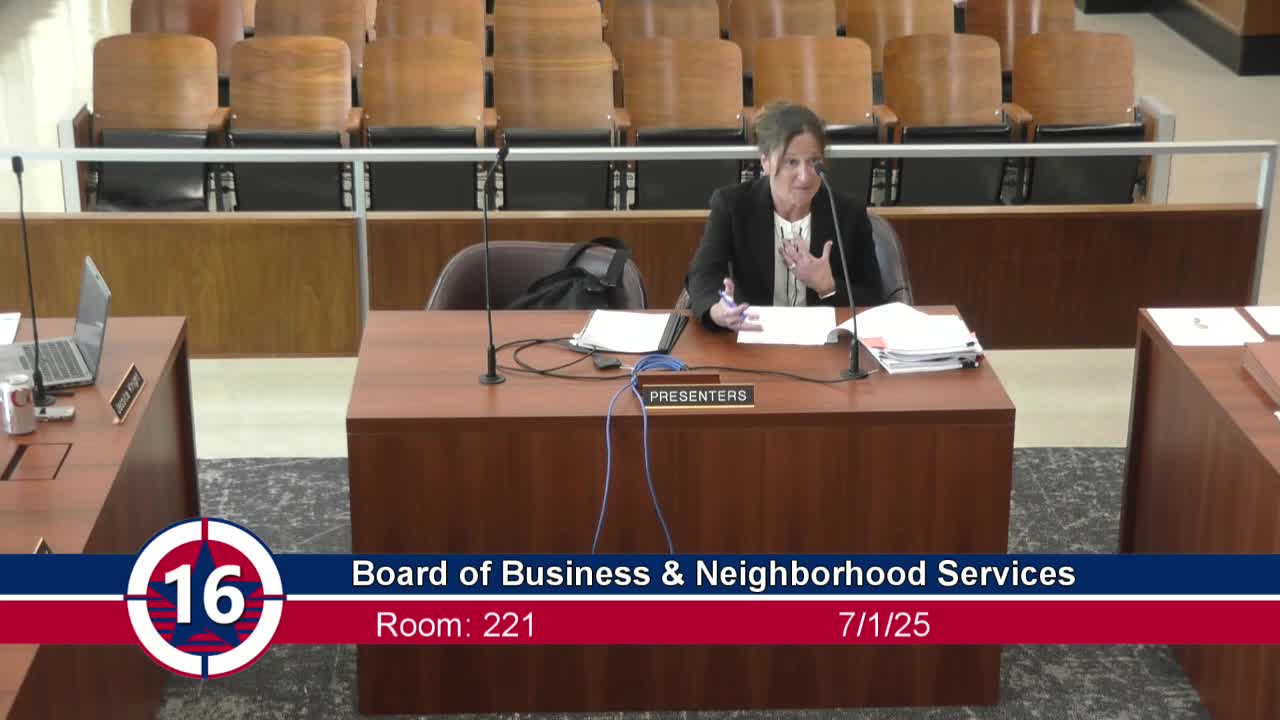Floodplain Administrator disputes substantial improvement claim for Marion County shopping center
July 01, 2025 | Indianapolis City, Marion County, Indiana
This article was created by AI summarizing key points discussed. AI makes mistakes, so for full details and context, please refer to the video of the full meeting. Please report any errors so we can fix them. Report an error »

During a recent meeting of the City Council of Indianapolis, significant discussions centered around the interpretation of floodplain ordinances and their implications for property improvements. A key point of contention arose regarding a specific property that had undergone previous improvements, which led to a debate on whether the current proposed work constituted a "substantial improvement" under city regulations.
The floodplain administrator's determination relied on a section of the ordinance that mandates compliance with building protection requirements if prior improvements have been made. However, some council members expressed disagreement with this interpretation, arguing that the proposed improvements did not exceed 50% of the property's market value, thus classifying them as non-substantial.
The assessed value of the property in question was reported at $5.3 million, with the proposed improvement costs estimated between $150,000 and $200,000. This cost, being significantly below the threshold for substantial improvement, suggests that the property should not be subject to the stricter compliance standards outlined in the ordinance.
Council members emphasized the importance of accurately interpreting the ordinance to ensure that property owners are not unduly burdened by regulations that may not apply to their specific situations. The discussion highlighted the need for clarity in the application of floodplain regulations, particularly as they relate to property improvements, and the potential impact on local businesses and development.
As the council continues to navigate these complex regulations, the outcomes of such discussions will play a crucial role in shaping the future of property development and floodplain management in Indianapolis. The council's commitment to ensuring fair and equitable treatment for property owners remains a priority as they work to balance community safety with economic growth.
The floodplain administrator's determination relied on a section of the ordinance that mandates compliance with building protection requirements if prior improvements have been made. However, some council members expressed disagreement with this interpretation, arguing that the proposed improvements did not exceed 50% of the property's market value, thus classifying them as non-substantial.
The assessed value of the property in question was reported at $5.3 million, with the proposed improvement costs estimated between $150,000 and $200,000. This cost, being significantly below the threshold for substantial improvement, suggests that the property should not be subject to the stricter compliance standards outlined in the ordinance.
Council members emphasized the importance of accurately interpreting the ordinance to ensure that property owners are not unduly burdened by regulations that may not apply to their specific situations. The discussion highlighted the need for clarity in the application of floodplain regulations, particularly as they relate to property improvements, and the potential impact on local businesses and development.
As the council continues to navigate these complex regulations, the outcomes of such discussions will play a crucial role in shaping the future of property development and floodplain management in Indianapolis. The council's commitment to ensuring fair and equitable treatment for property owners remains a priority as they work to balance community safety with economic growth.
View full meeting
This article is based on a recent meeting—watch the full video and explore the complete transcript for deeper insights into the discussion.
View full meeting
